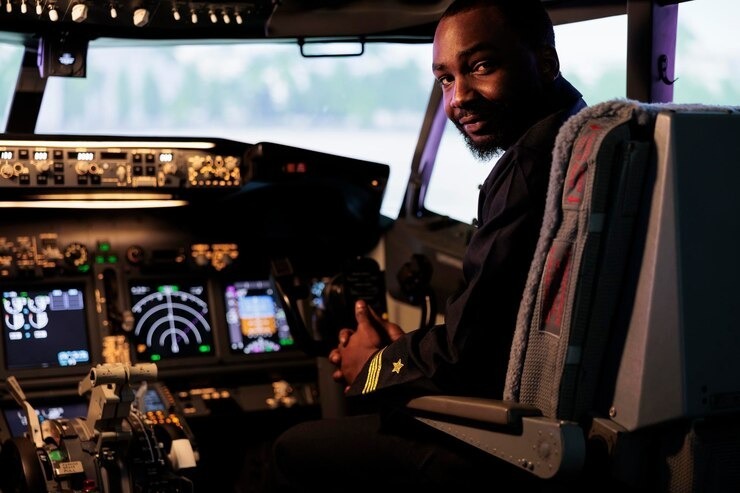Elevate Your Career: Essential Steps for CPL Courses in Australia

For many aspiring pilots, obtaining a Commercial Pilot License (CPL) represents a significant career milestone. Pursuing a CPL course in Australia can open doors to numerous opportunities within the aviation industry, from commercial airline flying to charter services.
This article discusses the essential steps to successfully navigate enrolling in and completing this course, ensuring you are well-prepared to take your flying career to new heights.
1. Obtain a Private Pilot License: Before you embark on a CPL course, you must hold a Private Pilot License (PPL). This initial qualification allows you to gain the necessary experience in flying different aircraft and understanding the basics of aviation, which are crucial for advanced training.
2. Meet Medical Standards: Commercial pilots must meet higher medical standards than private pilots. A Class 1 medical certificate requires a thorough health check to ensure you are fit to operate commercial flights.
3. Accumulate Flight Hours: To qualify for a CPL course, you must log a specific number of flying hours. These usually include solo and command hours under different flying conditions. These hours are essential to building your flying proficiency and preparing you for more complex operations.
How To Choose the Right Flight School
1. Accredited Institutions: Choose a flight school accredited by the Civil Aviation Safety Authority (CASA). Accredited schools meet stringent educational and safety standards critical for your training and future employment.
2. Quality of Training: Research the institution’s quality of training. Speak to alumni, attend open days, and read reviews to understand the learning environment and the success rate of graduates.
3. Training Costs: Consider the cost of the CPL course, which can be substantial. Some schools offer financial aid or payment plans, which can help manage the financial burden.
CPL Training Program
1. Ground School: Theoretical knowledge is a significant part of CPL training. Ground school covers advanced topics in meteorology, navigation, flight planning, and air law, which are all critical for commercial flight operations.
2. Flight Training: Practical flight training is where you apply your theoretical knowledge. It is more rigorous than the training you received during your private pilot license and focuses on perfecting your flying skills to a commercial standard.
3. Flight Simulators: Modern flight training includes sessions in flight simulators. These simulators help you experience and manage complex flying scenarios in a risk-free environment.
Passing the Exams
1. Theory Exams: You must pass several theory exams, which require intensive study and understanding and test your knowledge of the subjects covered in the ground school.
2. Flight Test: The final step is the flight test, where you demonstrate your flying skills to a CASA examiner. Passing this test proves you have the skills to operate as a commercial pilot.
3. Career Pathways After Certification: Once you obtain your CPL, numerous career paths are available, including working as an instructor, flying for charter companies, or continuing your training for an Airline Transport Pilot License (ATPL).
Conclusion
Completing a CPL course in Australia is a challenging yet rewarding journey that can significantly elevate your aviation career. The journey requires a solid commitment to learning and continuous improvement. With the proper preparation and dedication, you can achieve the qualifications to become a commercial pilot, opening up opportunities to fly in diverse operations and travel the world. Each step in this training prepares you for the responsibilities and joys of an aviation career, helping you reach the skies professionally.







